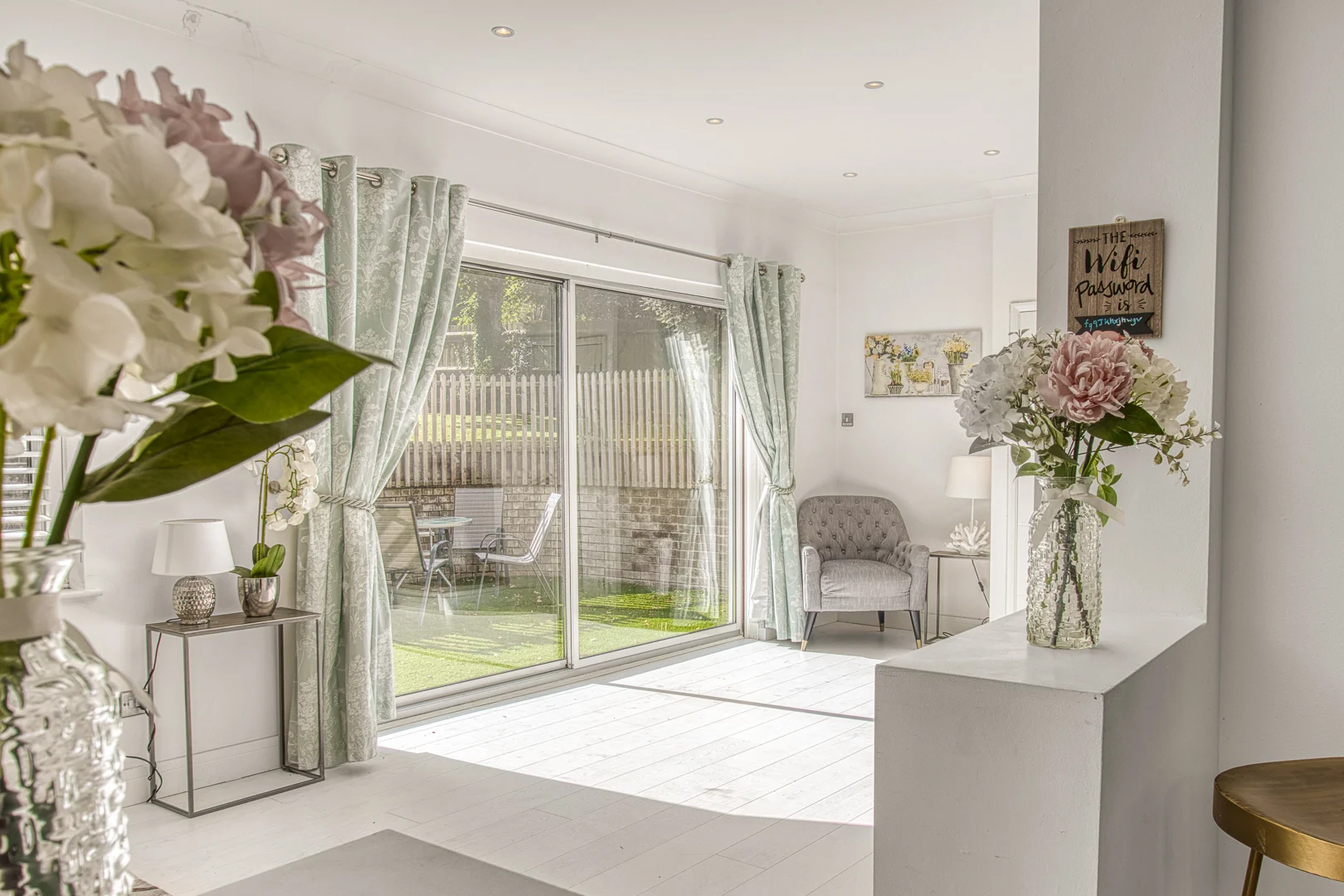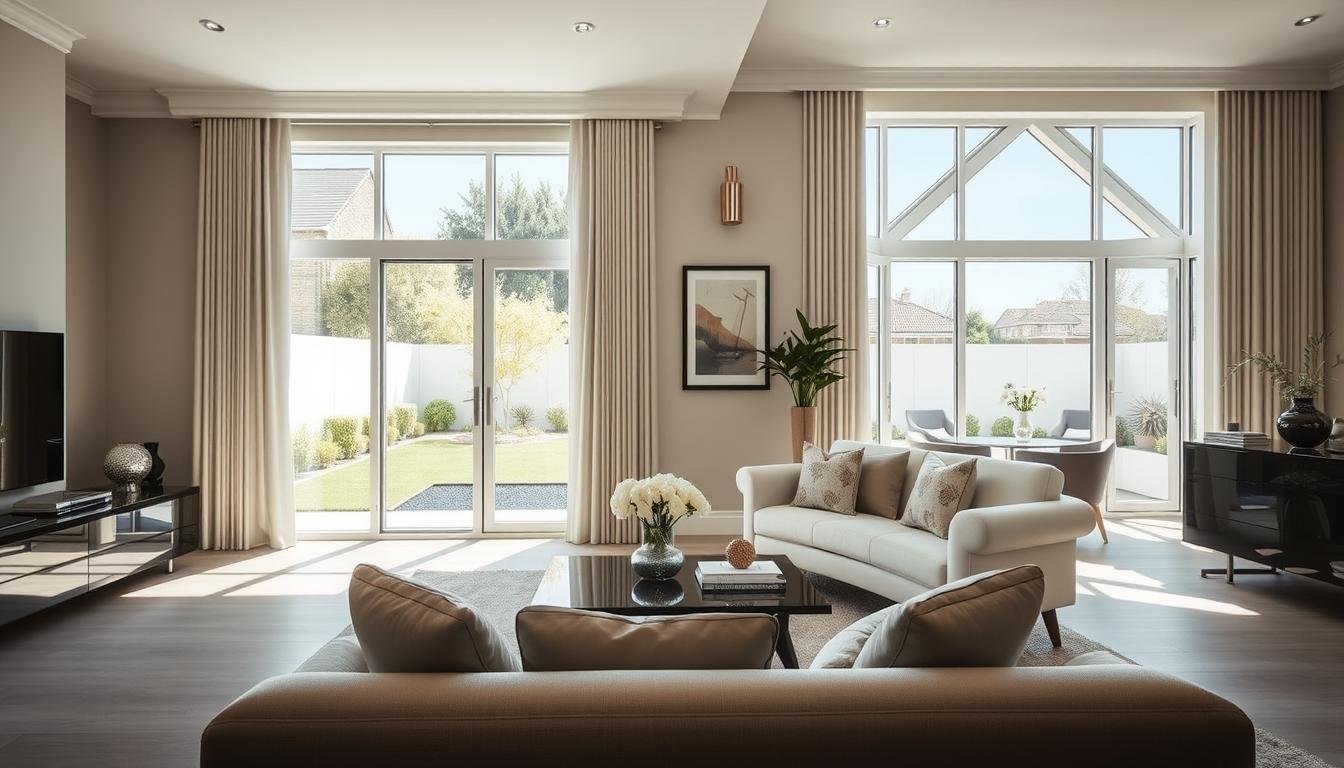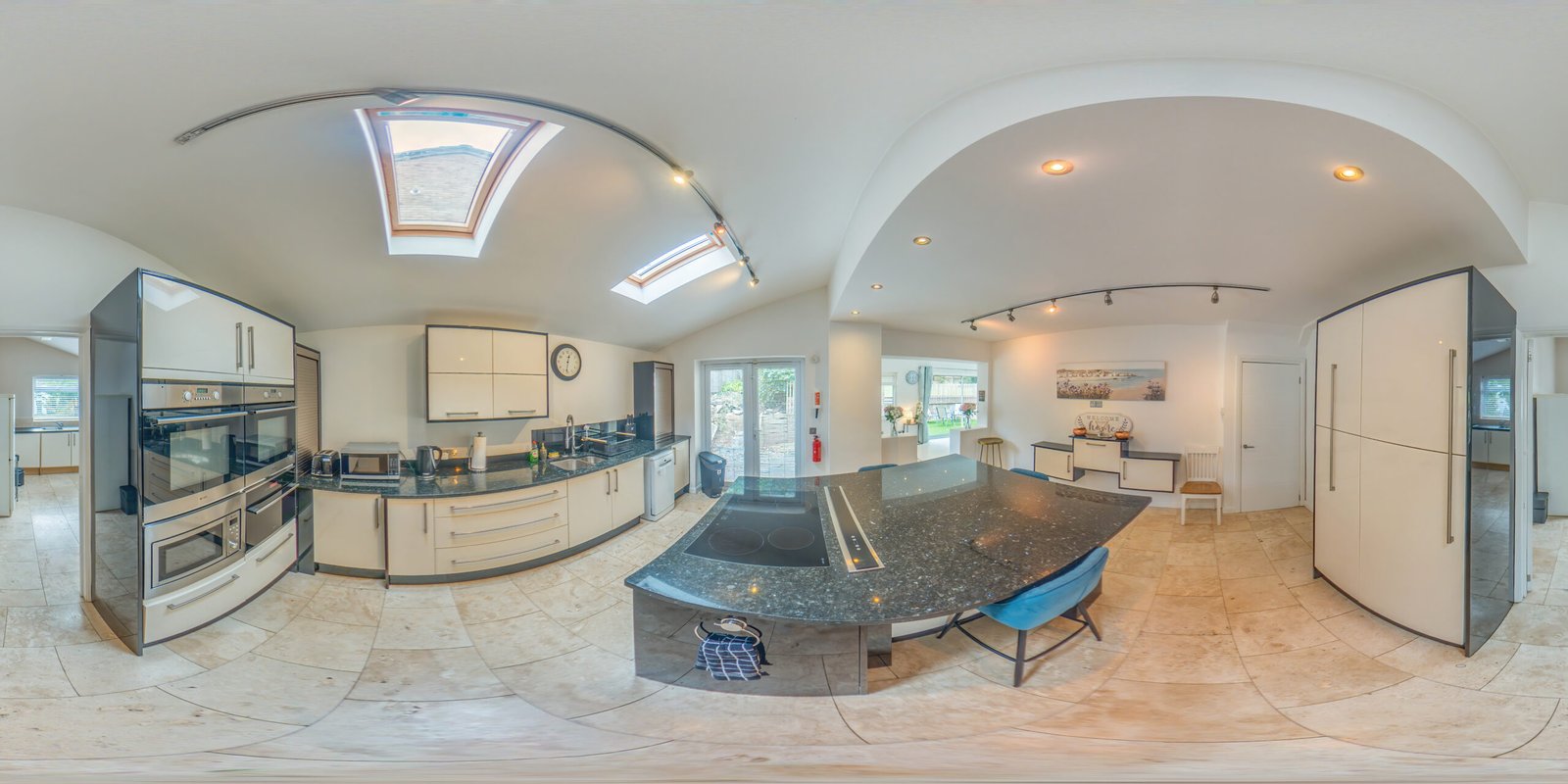Capturing Homes In Their Best Light
Introduction
When it comes to buying or selling a home, first impressions are everything.
In today’s digital age, potential buyers often start their property search online, browsing through listings to find their dream home.
As a result, high-quality real estate photography has become an essential element in marketing a property effectively.
In this blog, we will delve into the world of real estate photography, exploring its significance, best practices, and how it can make a significant impact on the real estate market.
1. The Importance of Professional Real Estate Photography
In the fast-paced world of real estate, standing out from the competition is crucial.
This is where professional real estate photography plays a pivotal role. Here’s why it’s essential for every real estate agent and homeowner:
1. Making a Strong First Impression: In real estate, you only have one chance to make a first impression. Eye-catching and high-quality photographs can instantly capture the attention of potential buyers and encourage them to explore the property further.
2. Highlighting Key Features: A professional photographer knows how to emphasize the best features of a home. Whether it’s the spacious kitchen, elegant living room, or beautifully landscaped backyard, stunning images can showcase the property’s unique selling points.
3. Increasing Property Value: Quality images can enhance the perceived value of a property. When buyers see professional photographs that present the home in its best light, they are more likely to be willing to pay a premium price.
4. Generating More Interest: Engaging in real estate photography can significantly increase the number of inquiries and showings. Listings with attractive visuals are more likely to be shared on social media platforms, reaching a broader audience and generating more leads.
5. Establishing Professionalism: Hiring a professional real estate photographer demonstrates a commitment to excellence and professionalism. It reflects positively on both the real estate agent and the property owner, building trust with potential buyers.
2. Best Practices for Real Estate Photography
While hiring a professional real estate photographer is essential, there are several best practices that can help ensure the best results:
1. Staging the Property: Before the photo shoot, ensure the property is well-staged. Decluttering, organizing, and adding tasteful decorations can make a significant difference in the overall appeal of the images.
2. Proper Lighting: Lighting is one of the most critical aspects of real estate photography. Natural light is often the best option, as it can create an inviting and warm atmosphere. However, for interior shots, supplemental lighting may be necessary to avoid dark or shadowy spaces.
3. Wide-angle Lenses: Wide-angle lenses can make rooms appear more spacious and open, providing a more immersive experience for potential buyers. However, be cautious not to overuse them, as extreme distortion can be misleading.
4. Exterior Shots: Don’t forget about capturing the exterior of the property. Curb appeal is a vital factor in attracting buyers. Including shots of the front of the house, backyard, and any unique outdoor features can entice potential buyers to schedule a showing.
5. Image Editing: Professional image editing can enhance the final product further. Balancing colours, correcting exposure, and straightening lines can ensure the photos look polished and visually appealing.
3. The Role of Drones in Real Estate Photography
In recent years, drones have revolutionized the field of real estate photography, offering unique and stunning perspectives that were previously impossible to achieve. They have become a valuable tool for capturing aerial shots of both residential and commercial properties.
1. Aerial Views: Drones provide breathtaking aerial views of properties, showcasing the surrounding neighbourhood, nearby amenities, and natural features like parks or bodies of water.
2. Size and Scope: Particularly for larger properties, drones offer the advantage of capturing the scale of the estate in its entirety, giving potential buyers a comprehensive understanding of the property’s layout and size.
3. Standout Marketing: As drone photography remains relatively novel, incorporating it into real estate marketing can make listings stand out from the competition. The awe-inspiring images captured by drones can capture the imagination of potential buyers.
4. Virtual Tours: Drones can be used to create captivating virtual tours of a property. By combining aerial footage with interior shots, buyers can explore the home from top to bottom, as if they were physically there.
- Importance of Real Estate Photography (Forbes)
https://www.forbes.com/sites/forbesrealestatecouncil/2020/02/20/the-importance-of-real-estate-photography-in-selling-properties-today/?sh=28a9ef6a7ad1 - Benefits of Professional Real Estate Photography (The Close)
https://theclose.com/real-estate-photography/ - Tips For Photographing During Golden Hour
https://exfstop.com/tips-for-photographing-during-golden-hour/ - Using Drones in Real Estate Marketing (RISMedia)
https://rismedia.com/2019/03/27/using-drones-real-estate-marketing/ - Aerial Photography Dos and Don’ts for Real Estate (Houzz)
https://www.houzz.com/magazine/aerial-photography-dos-and-donts-for-real-estate-stsetivw-vs~47966304
By following best practices and incorporating modern techniques like drone photography, real estate professionals can elevate their marketing efforts, attract more potential buyers, and ultimately close more deals. Stunning images are the key to unlocking the full potential of any property, capturing the essence of what makes it a home. Whether you’re a real estate agent or a homeowner looking to sell, investing in professional real estate photography is an essential step towards success in today’s competitive market.






